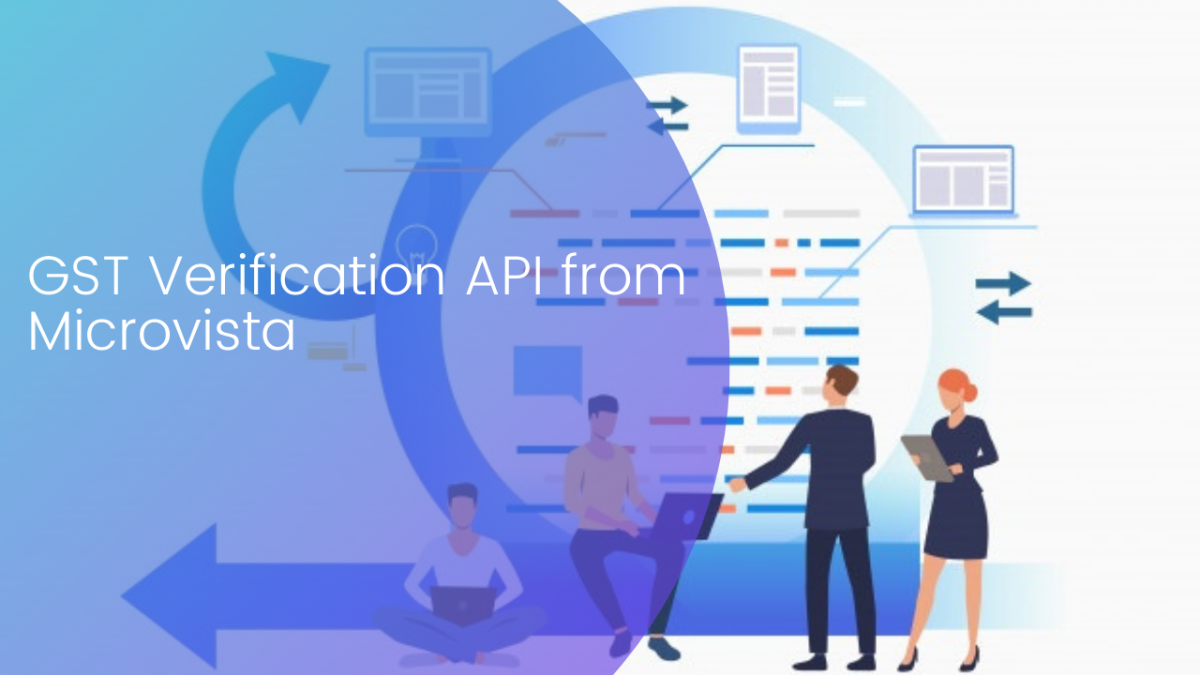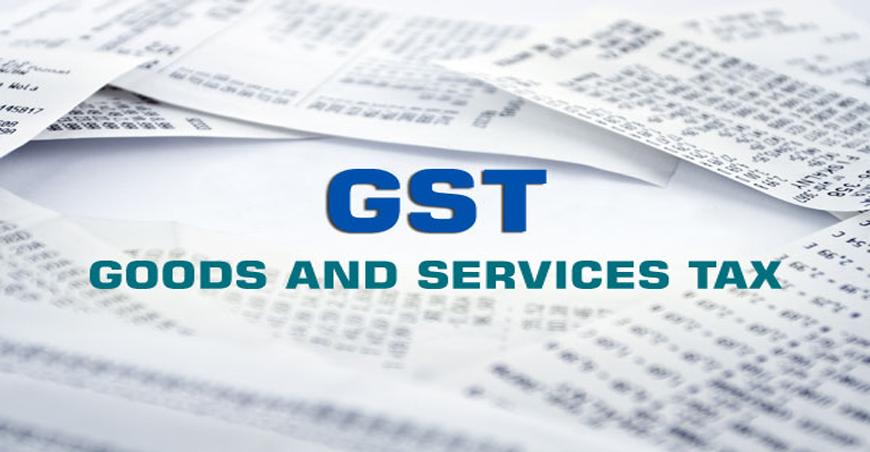Leveraging Microvista Technologies’s GST search verification API / GST verification API across your systems shall make the GST verification process faster and effective with zero manual intervention!
GST number Verification API a highly efficient, quick and trusted API.
Microvista’s online GST Verification API makes GST number search and verification extremely easy, where you just need to enter the GSTIN number and the said GST verification API will give you the details about the Taxpayer associated with the GSTIN number.
This GST Verification API may be used by all kinds of Taxpayers, be it small, medium or large scale Taxpayers. Since Microvista’s GST Verification API integrates effortlessly with any of the ERP / Accounting softwares and verifies the GSTIN within a few seconds, that is, in real time!
Get your GSTIN verification API now from Microvista Technologies. Contact today.
GST Verification API is important and is needed.
GST number verification API or GST verification API fetches authentic and verified GST details about the registered Taxpayers in order to reduce the time-consuming process of validating the merchants before onboarding them onto your systems. Our GST verification API helps you to get real time GST details about the GST Taxpayers, thereby reducing the chances of fraud and/or preventing your working capital getting stuck in the process.
Benefits of Microvista’s GST Verification API or GST number search tool:
- Gets complete and accurate static details related to the Taxpayers.
- Verified the legal name of the Taxpayer.
- Makes the process of onboarding new vendors extremely easy and quick.
- Seamless GST verification API Integration with the accounting softwares.
- Reduces the chances of fraudulent activities.
- Highly satisfied customers.
Get access to the Best GST Number Verification API from Microvista.
Integrate Microvista’s GST Search API / GST Verification API with your application to validate GST of your vendors/suppliers/ taxpayer details today.
Get API Details.Contact us today. Email – support@microvistatech.com.
Have a call with our GST verification API experts – +91 70167-11841 / +91 97731 38204 / +91 79-26460445.
Microvista Technologies Pvt. Ltd. is a leading GST software development company having clients globally. We strongly believe that checking GSTIN Authenticity is the need of the hour and therefore, our GST verification API gives you the most accurate and fastest data about the company, thereby, reducing your costs and time in a big way.
GST verification API has been developed by the best GST software developers who are best, creative and innovative. Our GST Verification API will be one of the best APIs you’ve experienced.
Read our other blog on FAQs on GST Verification API




